In the first of an occasional series, we present the essential lowdown on a current subject. First up: all you need to know about… alpacas.
1. Why Alpacas?
Alpacas are cute. Seriously cute. You know those endless pictures of cats that people constantly share online? Impossibly cute and amusing cats? The sad truth is that they are all shared and liked by people who simply haven’t discovered alpacas yet. If cats could share pictures online, you just know they’d be sharing pictures of alpacas.
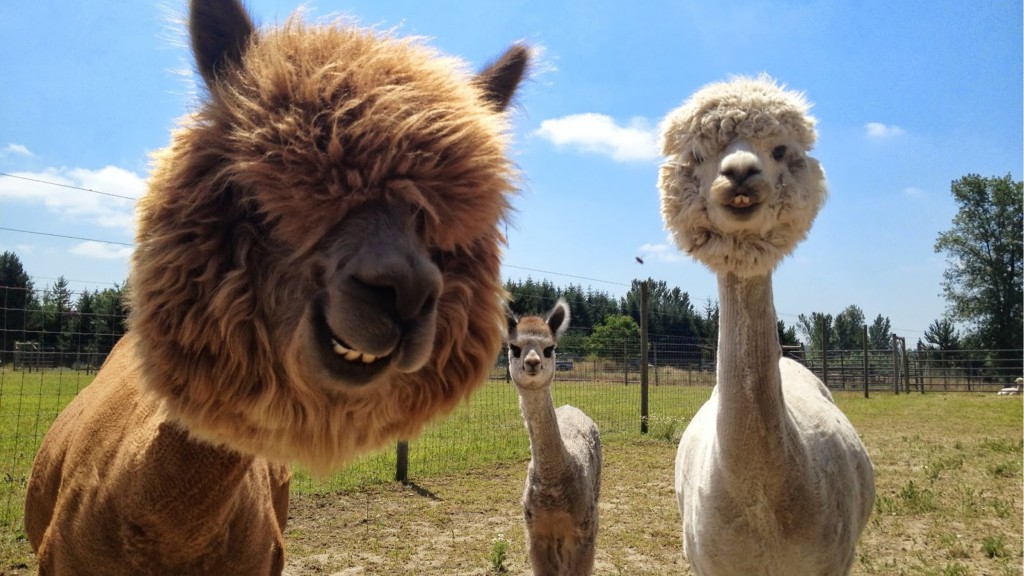
2. But what are alpacas?
Alpacas belong to the camelid family. While camels and dromedaries are today found in Central and South Asia (including the Middle East), Latin America is home to the llama, guanaca, alpaca and vicuña. The alpaca is descended from the llama, but is essentially the domesticated form of the wild vicuña.
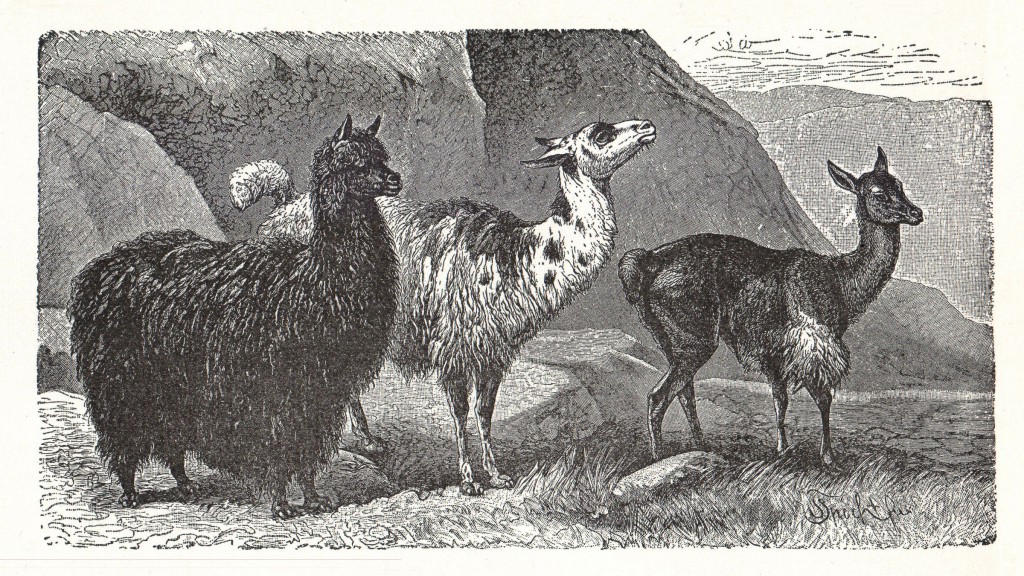
3. So what’s so special about alpacas?
The most obvious attraction is the quality of their wool – the ‘Fibre of the Gods’ according to the Incas. Far superior to most other animal fibres, alpaca wool is a luxury fibre with thermal properties that make it extremely warm, while also being lightweight, water-resistant, hypoallergenic and relatively fire-resistant.
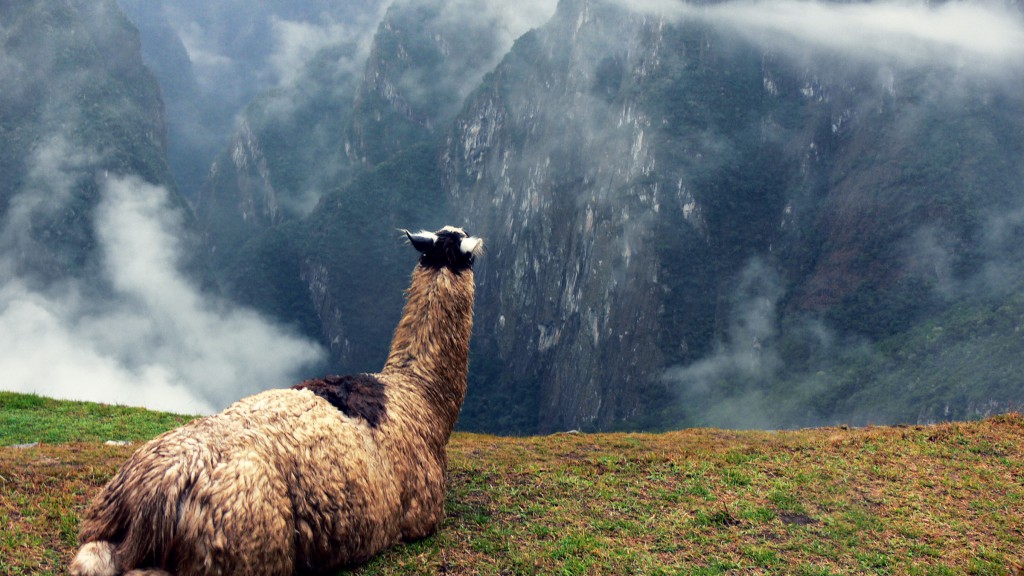
4. So farmers are rushing to farm alpacas?
Yes, and no. Alpaca meat is high in protein, low in fat and has the lowest cholesterol count of almost any meat. Despite that alpaca meat is only really eaten in certain parts of Peru. There has, however, been rapid growth in alpaca fibre farms over the past 20 years, particularly in the USA and Australia.
[Photo: Wikimedia Commons/Federico Candoni]

5. But why bother farming alpacas?
The motivation for farming alpacas outside of Latin America was initially to improve the quality and yield of wool through selective breeding and to generate an exciting ‘new’ luxury fibre for the fashion industry. Prices of livestock have remained high until recently though – particularly for prize studs or machos, and it has proven hard for many farmers to turn a profit.
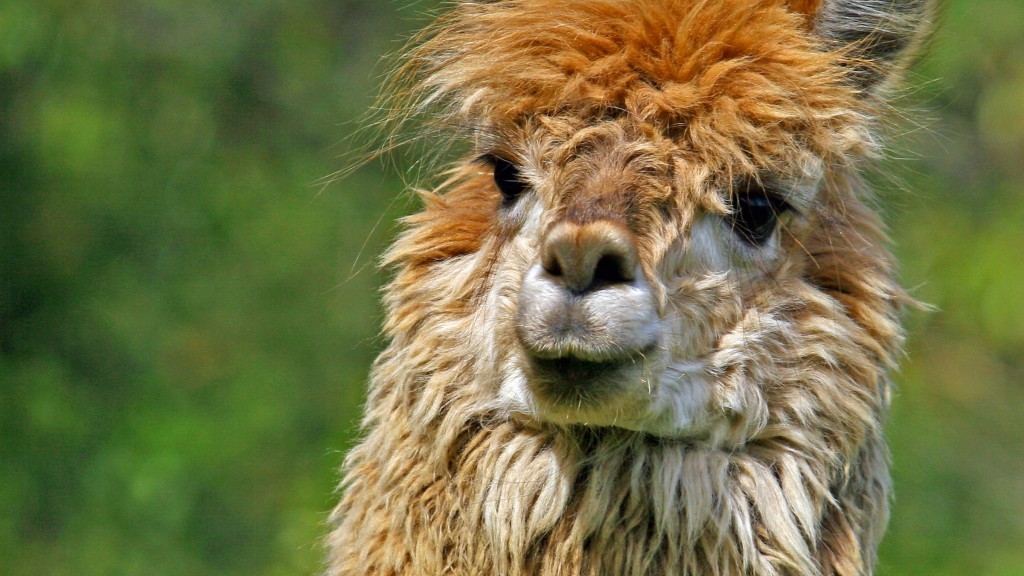
6. So is alpaca farming just another bubble?
Similar to ostrich farming, there has been a trend to farm alpacas. While some farmers have struggled to make a profit or produce enough fibre to provide serious volume of wool for fashion manufacturers, others have focused on smaller-scale operations and producing their own clothing and accessories – or farming just for the fun of it, remember how cute they are?
[Photo: Flickr/Ken Bosma]
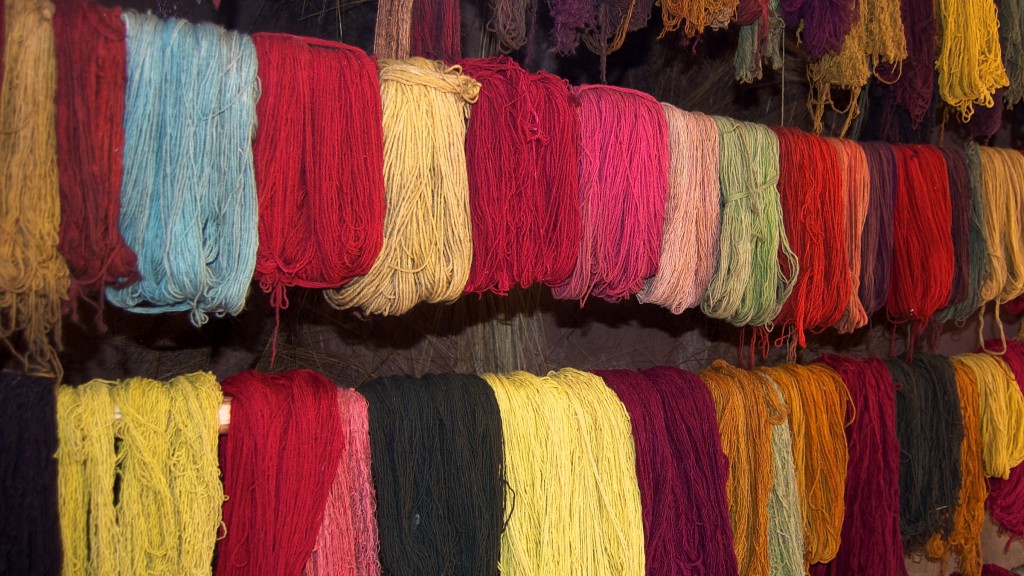
7. But farming alpacas must be hard work, right?
Not really, in fact the opposite is true. Alpacas are uniquely low maintenance and hardy, too, happy to sleep outside in most weathers. Ensure a supply of fresh water and feed and your alpacas will graze happily to their hearts’ contentment. You can then sit back, watch the grass grow and, of course, that magnificent fleece.
[Photo: Flickr/Alan Lam]

8. It can’t be that easy, what about mucking them out?
Didn’t we mention how clean they are? Alpacas cannot abide a mess around them. (They must be conscious of those beautiful fleeces.) Alpaca herds typically create communal dung heaps in one corner of their grazing land, which helps to avoid parasites. They will even form an orderly queue before relieving themselves.
[Photo: Wikimedia Commons/ Peter van der Sluijs]
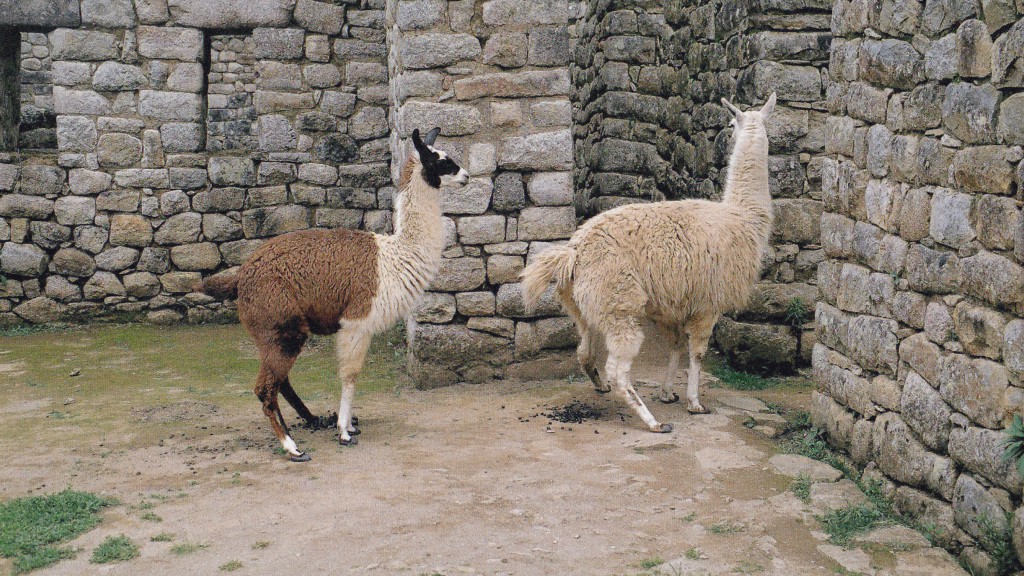
9. Are all alpacas the same?
No, there are two main types of alpaca. You can distinguish them by their fleece: huacaya alpacas have crimped, dense fibre, making them look fluffier; suri alpacas have a long fleece that falls in ringlets. Huacayas are more common though and deemed superior for fleece farming, while the fleeces are graded in 52 natural shades in Peru and 12 and 16 colours in the USA and Australia respectively.

10. Why have people only recently discovered alpacas?
Well, in short, they haven’t – think of the current alpaca trend more as a revival. The extraordinary Victorian industrialist and philanthropist Sir Titus Salt was the pioneer of modern alpaca farming. He discovered the wool’s unique properties and started a fashion for fine alpaca clothing. The greatcoats of many Unionist soldiers in the American Civil War were also lined with alpaca felt.
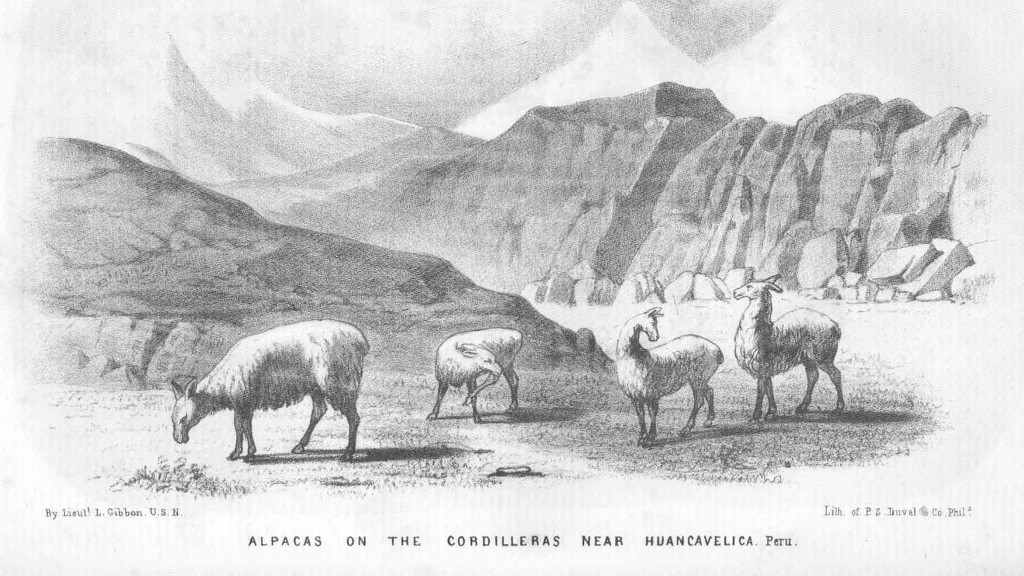
11. That’s all great, but don’t alpacas spit?
Yes, and no. You’re probably thinking of llamas. A llama will spit at you simply because it doesn’t like the look of you, or it takes offence at the colour of your shirt, or maybe just because it’s bored and wants some fun. Alpacas, meanwhile, will occasionally spit at each other during a rare dispute, but only at humans if in danger or scared.

12. So where do I start?
If you’re fortunate enough to have some land, you could consider buying some alpacas yourself. Don’t buy just one though as it will feel isolated. Alpacas are herd animals and need to belong to a group. You need at least two unless you have other animals for the alpaca to bond with. Alpacas have even been employed as guardians of sheep and chickens – warding off foxes by spitting.
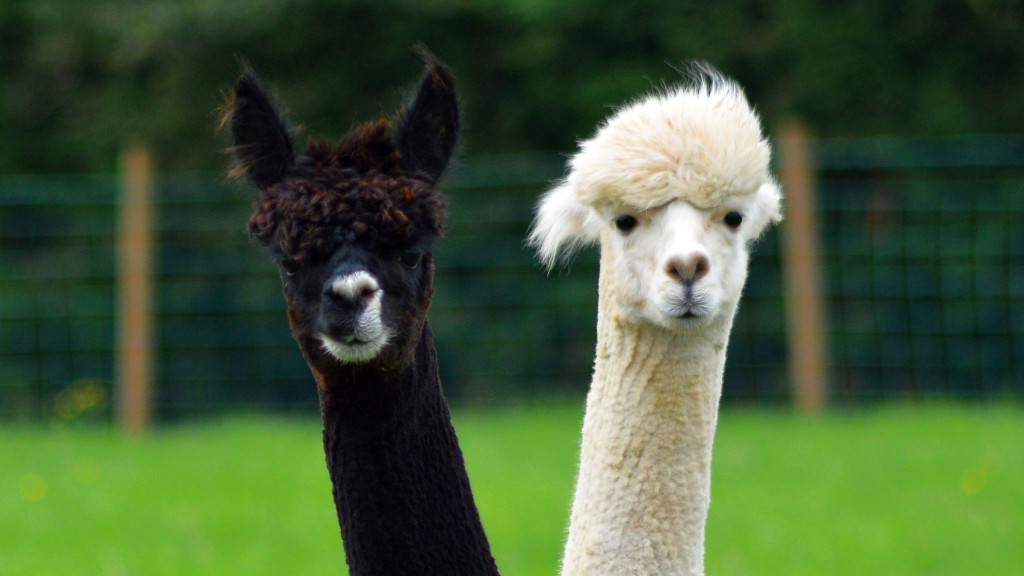
13. But isn’t alpaca ownership a big responsibility?
Yes, much more so than dog or cat ownership. Alpacas have a lifespan of 20-25 years so this is a long-term commitment. As social animals a typical miniature herd might comprise 2-5 alpacas. While two alpacas will fit in a large garden, larger groups should be planned on the basis of 5-7 alpacas per acre (0.4ha).
[Photo: Creative Commons]

14. So when can I expect my very own alpaca sweater?
Very soon! Unlike wild vicuñas, whose coats grow over three years, alpacas are shorn annually with a fleece weighing anything from 4-8kg – you can think of that as 4-5 luxury sweaters a year per animal. You could even contact local weavers and knitters on etsy and suggest a partnership offering your alpacas’ precious wool in exchange for some handmade goods or a share of the profits.
[Photo: Wikimedia Commons/CGoodwin]
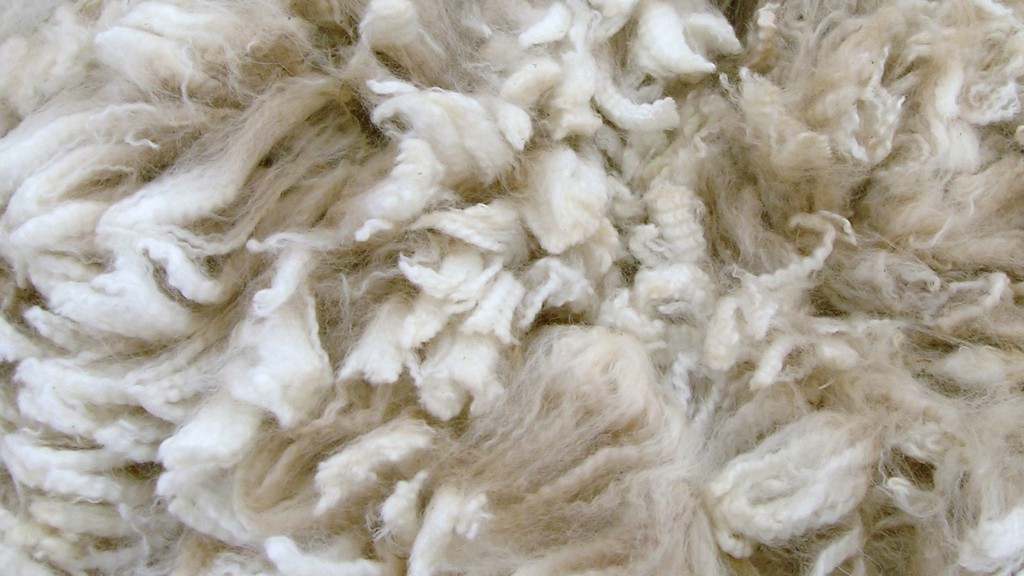
Article by James Lee-Tullis

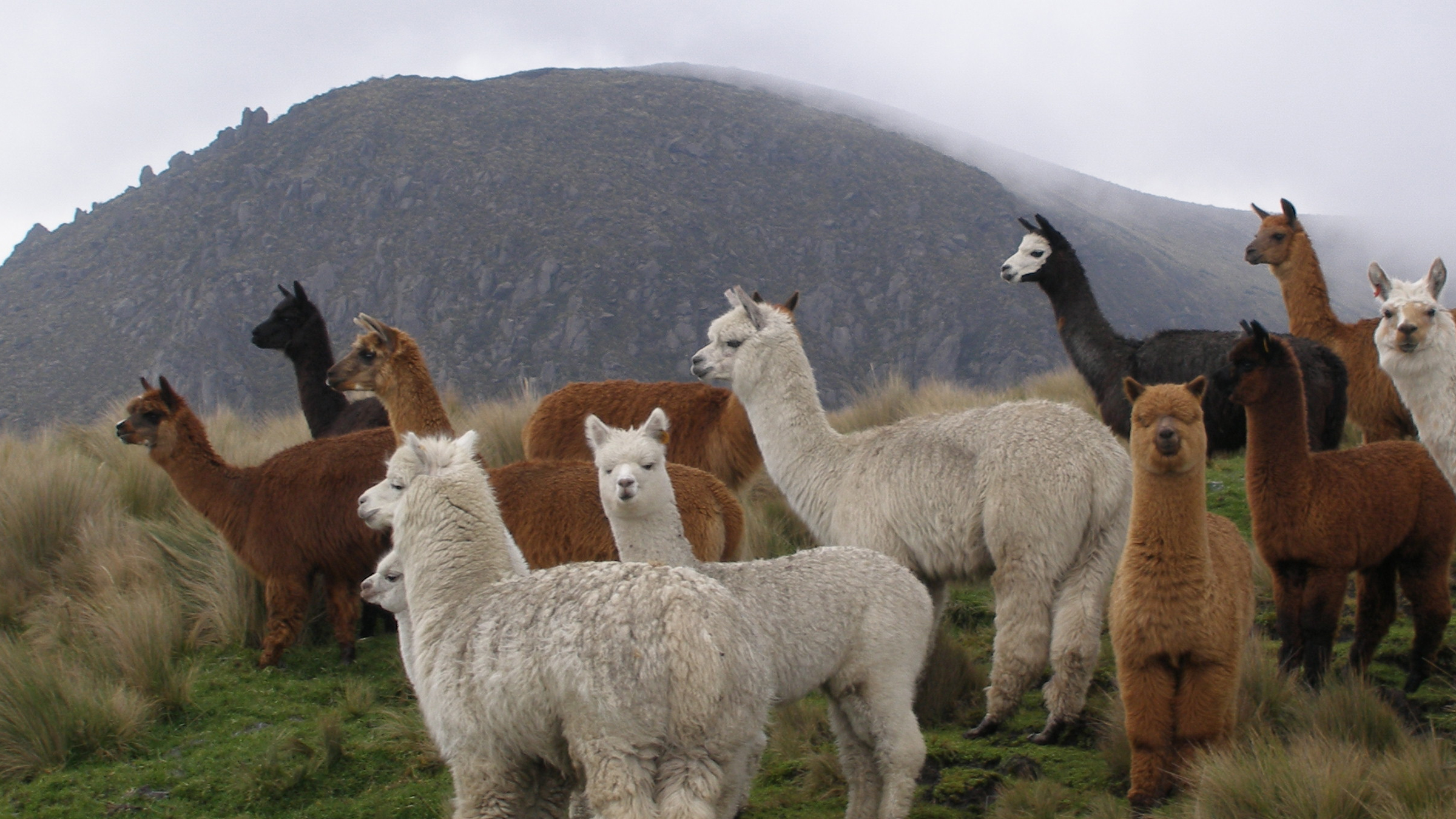












Sorry, the comment form is closed at this time.